Climate Now Videos
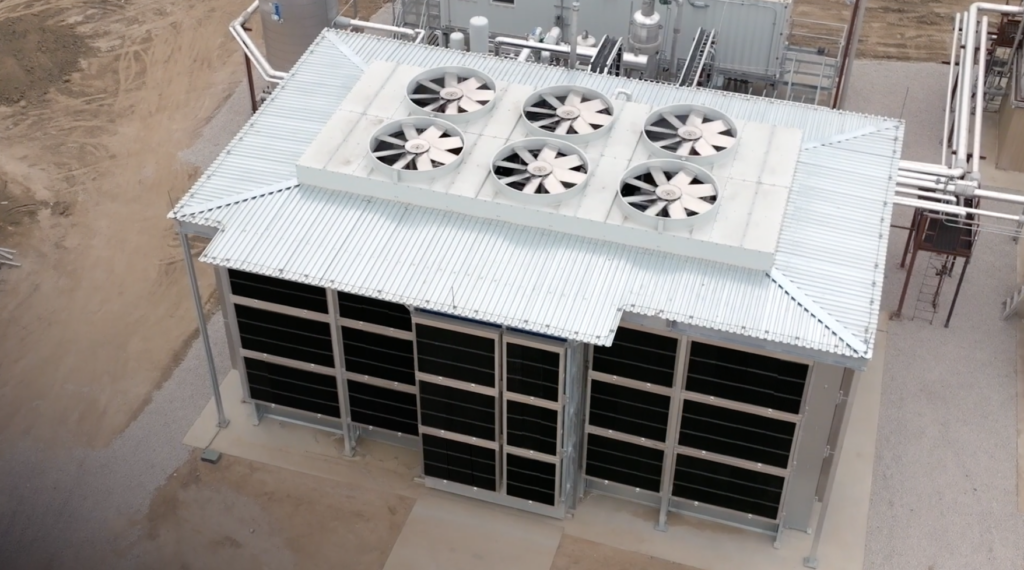

Roads to Removal Ep 6
Direct Air Capture (DAC)
Removing carbon dioxide from the atmosphere through direct air capture (DAC) has the potential to eliminate billions of tonnes of CO2, but this process requires an increase in renewable energy resources as well, to avoid additional emissions. The amount of lan
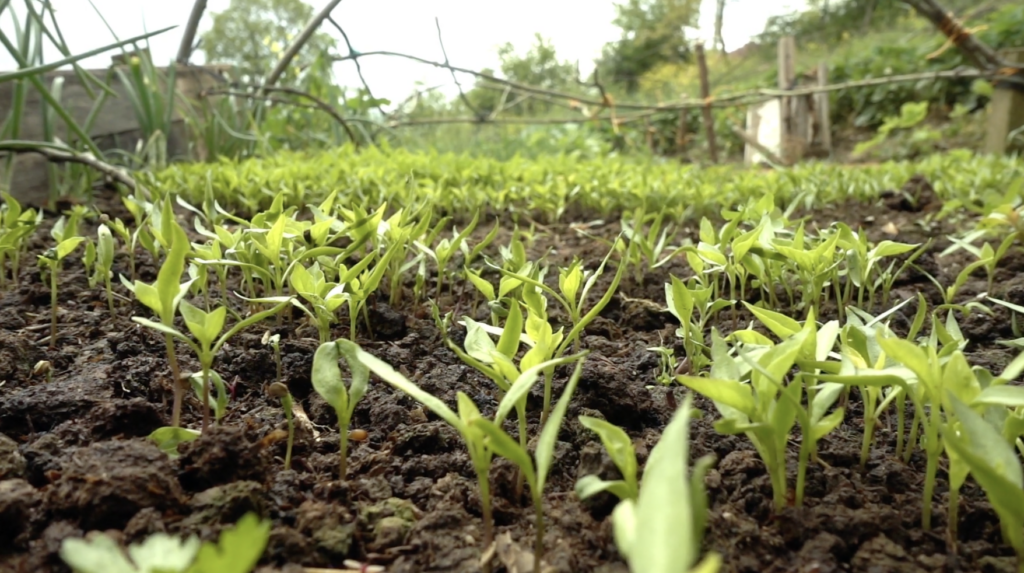

Roads to Removal Ep 5
Biomass Carbon Removal and Storage (BiCRS)
Biomass Carbon Removal and Storage, or BiCRS, is a technique used to capture and store carbon dioxide by utilizing plants to absorb carbon from the atmosphere. Carbon is stored by transforming biomass into durable products or by capturing and storing the CO2 t
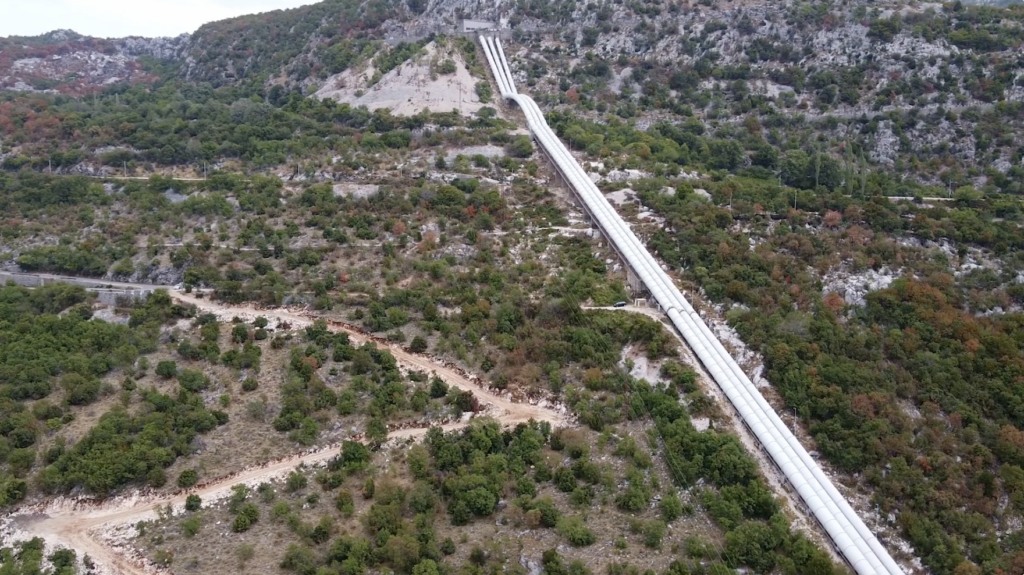

Roads to Removal Ep 4
Geologic Storage and Transportation
Geologic storage plays a crucial role in removing carbon from the atmosphere, offering a means of long-term storage for CO2. Building on existing comprehensive research on this topic, Roads to Removal researchers conducted a new analysis to determine the distr
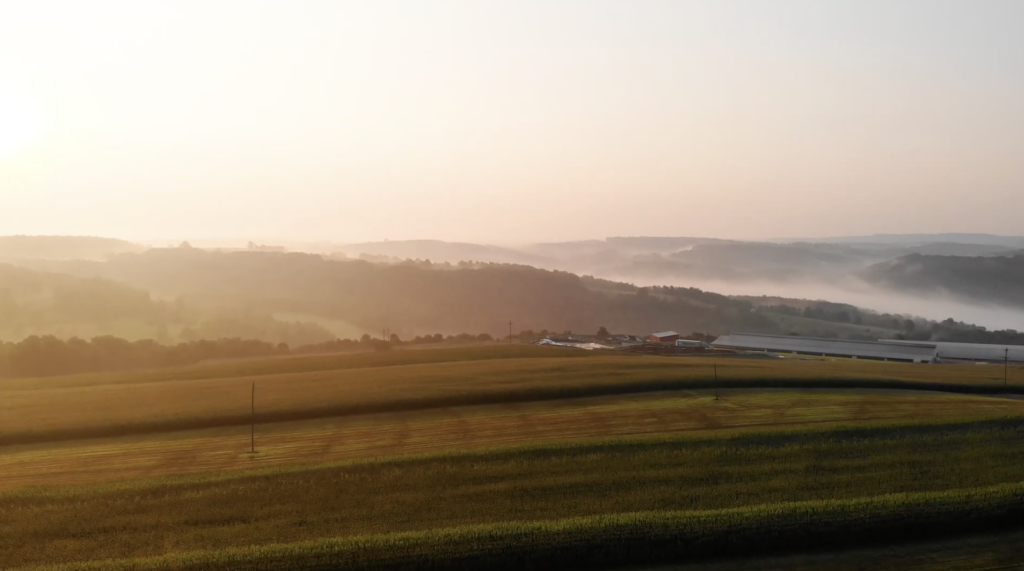

Roads to Removal Ep 3
Cropland Soils
Increasing organic carbon stocks in cropland soils is a key strategy for soil-based carbon dioxide removal in the U.S. Croplands are already managed and cover a large area of land. Further, practices to enhance organic carbon are low-tech, immediately deployab
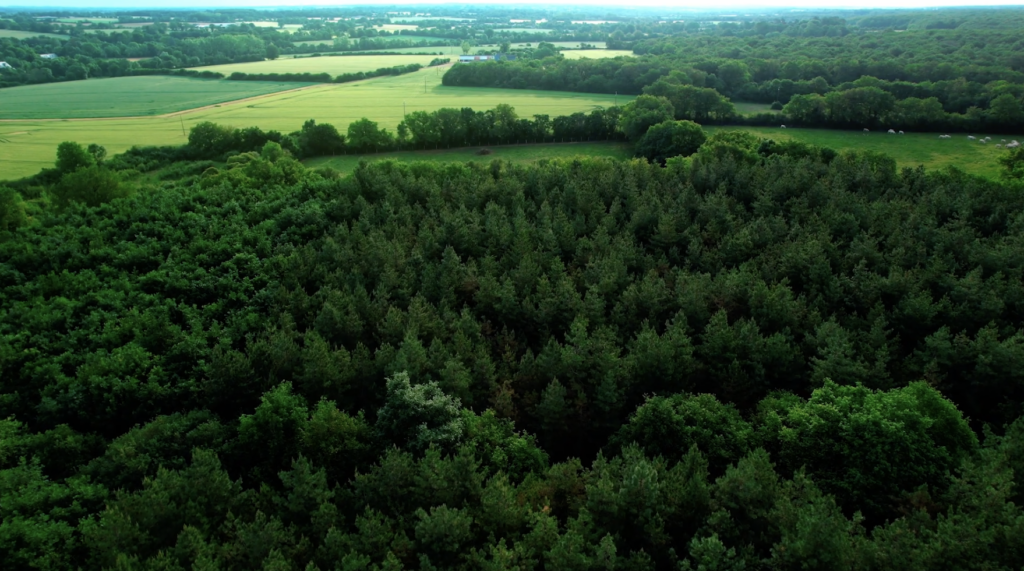

Roads to Removal Ep 2
Forests
Forests are important for climate mitigation, acting as living “direct air capture machines” that absorb carbon dioxide, and can also transport and store that CO2 in plant tissues and soils. However, forest management plays a crucial role in maximizing the
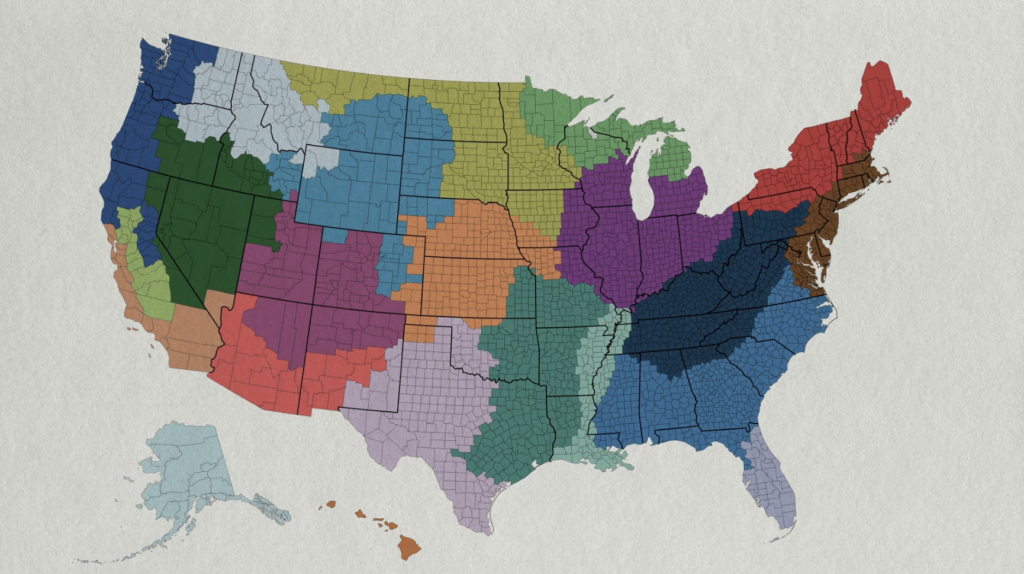

Roads to Removal Ep 1
Overview
There is an urgent need to remove carbon dioxide (CO2) from the atmosphere to ensure climate security and resilience. In 2022, the United States set a goal of developing carbon dioxide removal (CDR) pathways that will remove CO2 from the atmosphere and store i
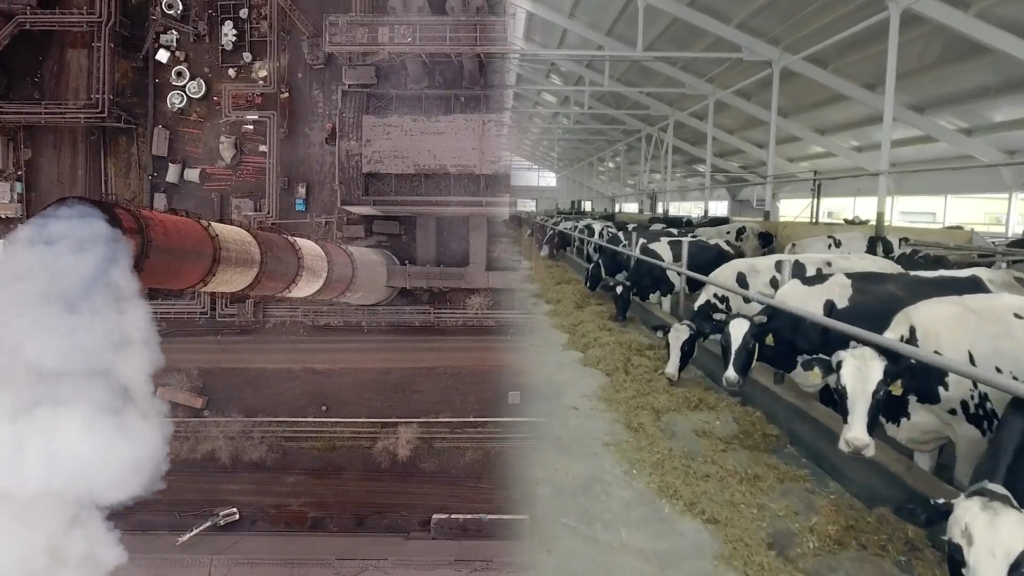

Mini Explainer Series Ep 5
CO2-equivalent explained
In this mini explainer video, we break down the term CO2-equivalent, and how it is used to compare different greenhouse gases that have different warming potentials and remain in the atmosphere for vastly different periods of time.


Technologies Ep 9
Oceans for CO2 removal & storage: What, why and how?
Using carbon dioxide removal (CDR) strategies to mitigate climate change is a land-intensive endeavor. To capture one gigatonne of CO2 through direct air capture requires a facility & energy production footprint of at least hundreds, but potentially tens o
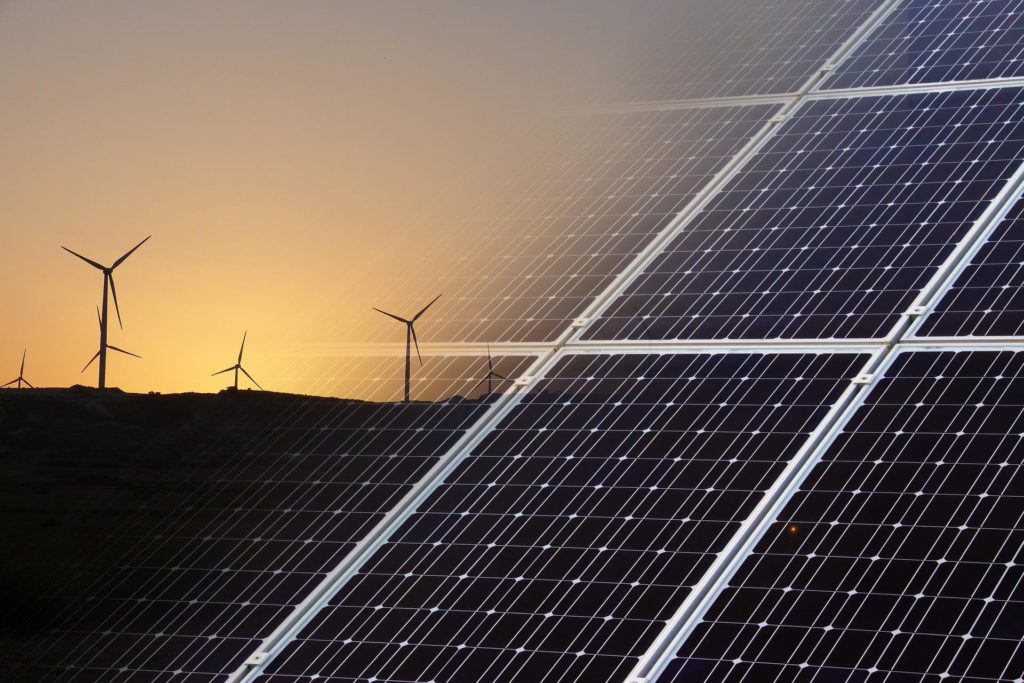

Mini Explainer Series Ep 4
Three energy transition scenarios with Doyne Farmer
Dr. Doyne Farmer, Director of the Complexity Economics program at the Oxford Martin School, and co-author of the recent working paper, Empirically grounded technology forecasts and the energy transition, sat down with Climate Now to explain why, even without c
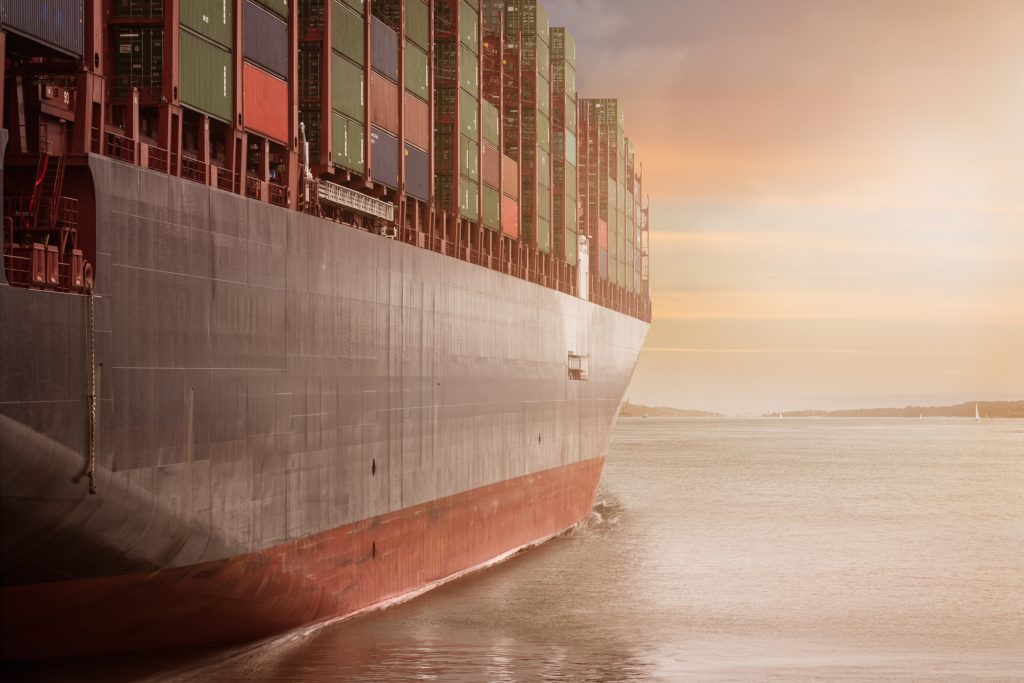

Mini Explainer Series Ep 3
Global shipping industry emissions
How big of a climate problem is the shipping industry? If the international shipping sector were a country, it would be the sixth largest emitting nation in the world. Every year, 11 billion tons of goods – about 80% of all the goods we use or consume &#
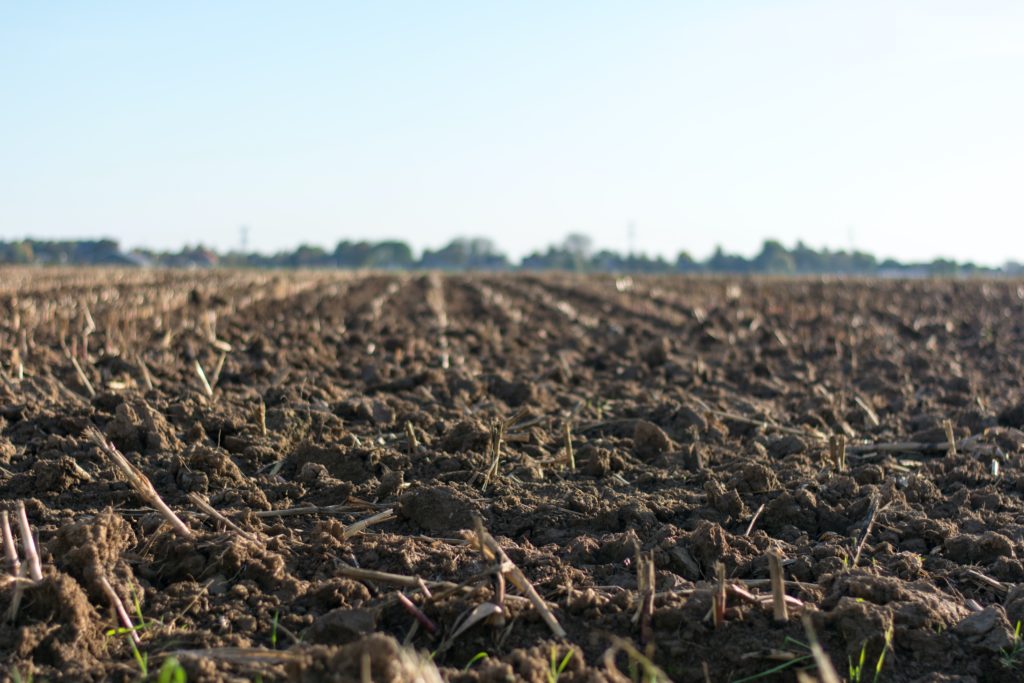

Mini Explainer Series Ep 2
How much carbon do soils hold?
Soil holds 2x more carbon than vegetation and the atmosphere combined, according to Dr. Asmeret Asefaw Berhe, Professor of Soil Biogeochemistry and Falasco Chair in Earth Sciences at the Department of Life and Environmental Sciences, University of California,


Mini Explainer Series Ep 00
Climate Now Trailer
Who is Climate Now? Climate Now is an educational multimedia platform that produces expert-led, accessible, in-depth podcast and video episodes addressing the climate crisis and its solutions, explaining the science, technologies and key economic and policy co
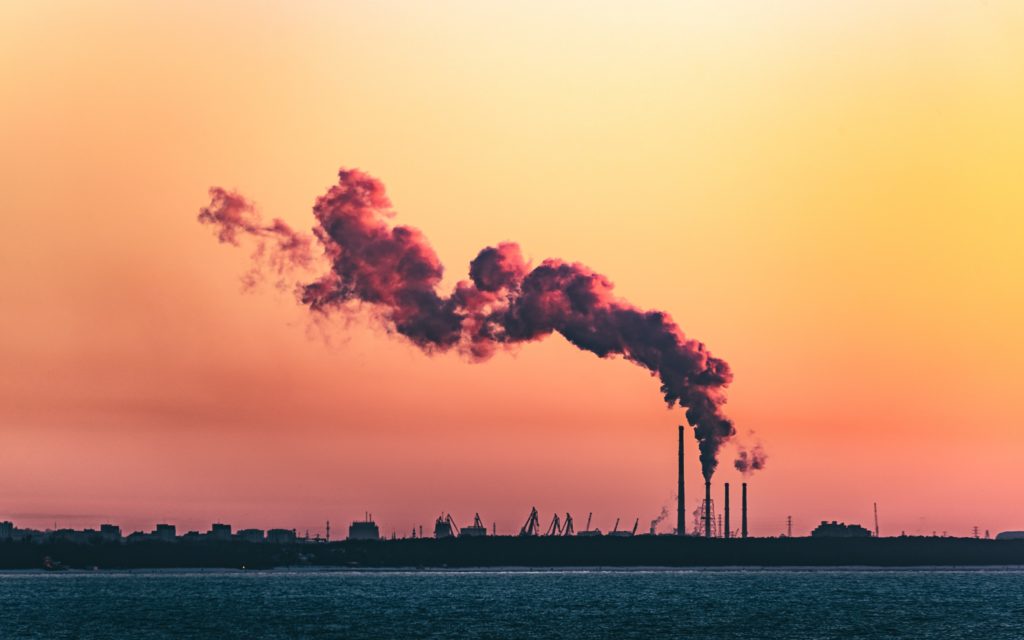

Mini Explainer Series Ep 01
Scope 1, 2, and 3 Emissions
Companies assessing their greenhouse gas emissions will need to analyze their Scope 1, Scope 2, and Scope 3 emissions. This Climate Now mini provides a brief explanation of what that means.
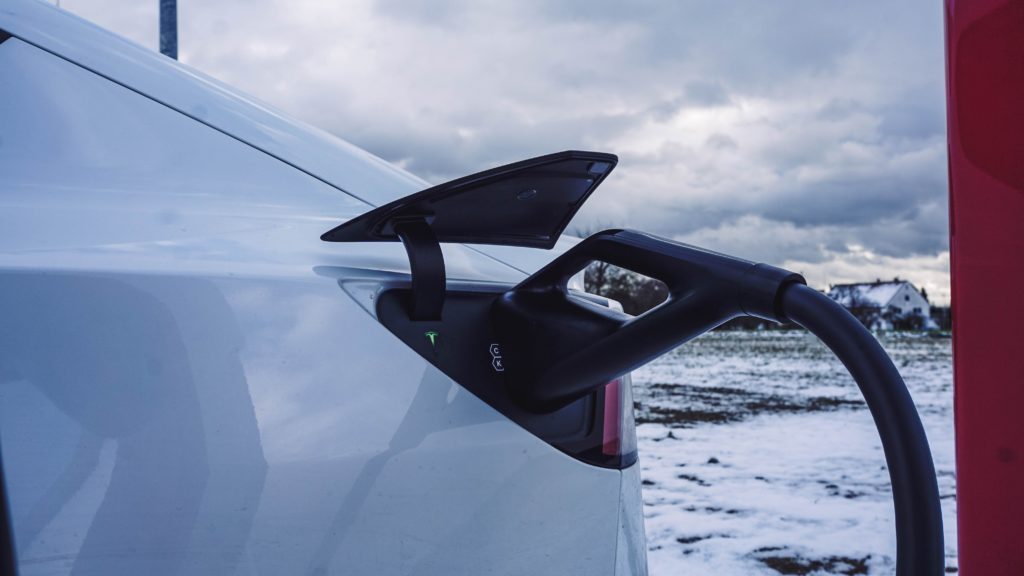

Decarbonizing Ep 1
Green Transportation: The Power of Electric Vehicles
Adopting green transportation and transitioning to a 100% electric fleet requires a momentous cultural, technological, and infrastructure overhaul of the entire global automotive industry. If we are going to undertake such a task, we have to know that it will
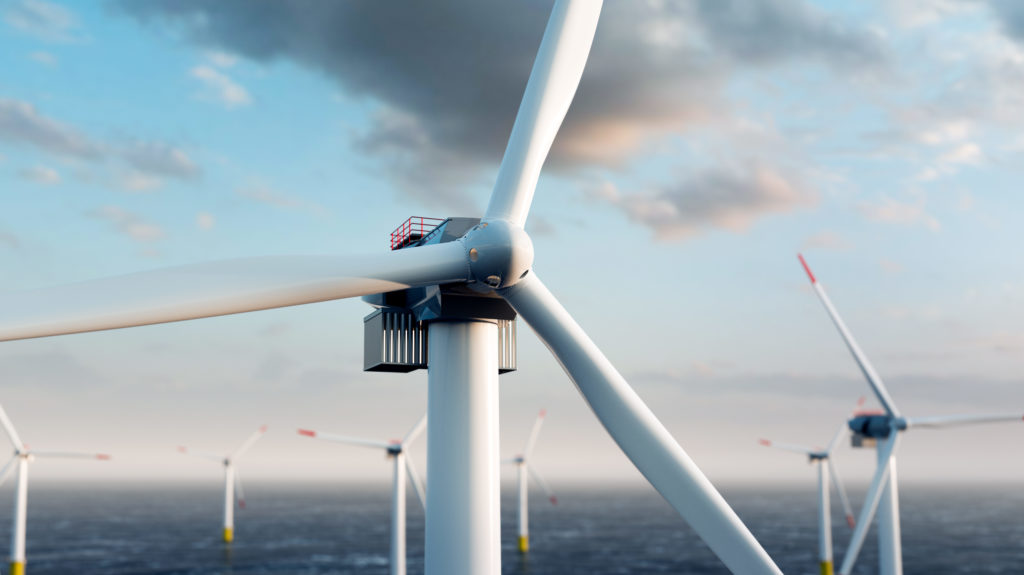

Technologies Ep 8
Wind Energy
In order to reach global net-zero emissions by the middle of the century, modeled pathways project that wind energy will need to be a primary source of electricity, accounting for 19-43% of global electricity production. Today, though, wind produces only 6% of
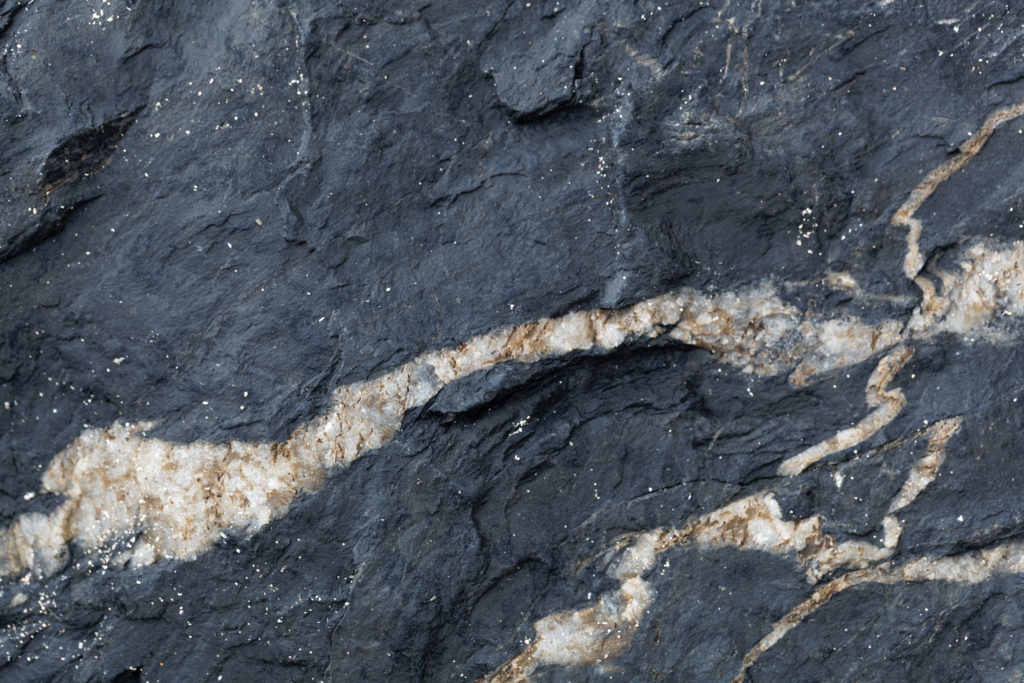

Technologies Ep 7
Carbon Dioxide Removal: Mineralization
There are several methods of removing carbon dioxide from the atmosphere – both natural and technological – and each method has its tradeoffs. Carbon mineralization is the most secure option for carbon dioxide removal (CDR) as it permanently seques
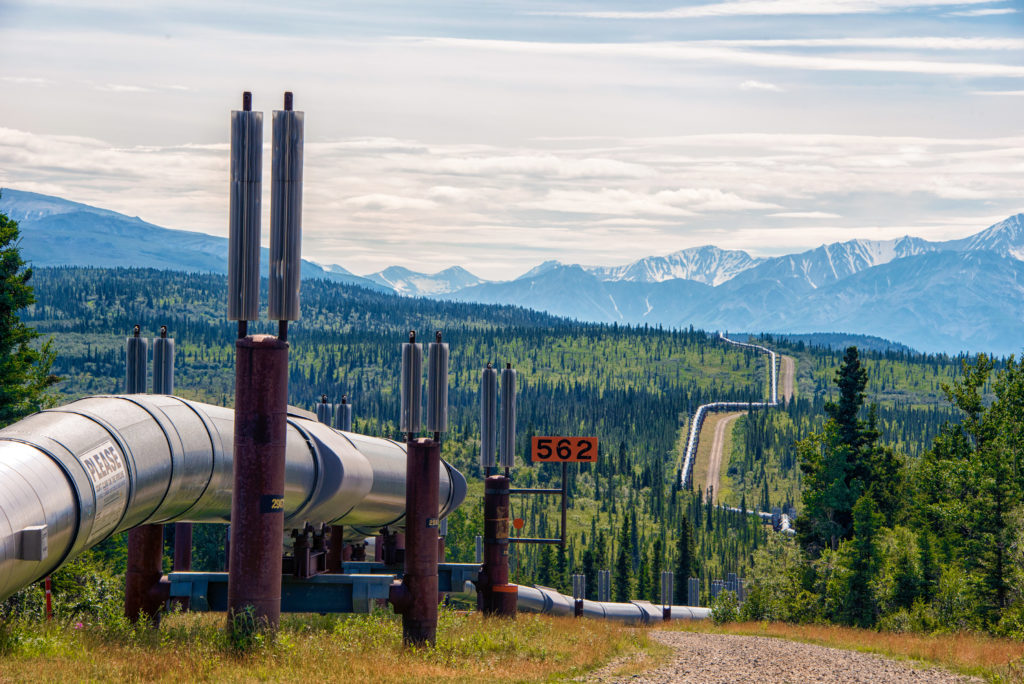

Technologies Ep 6
Carbon Dioxide Removal: Carbon Capture and Storage, Part II
Carbon Capture and Storage (CCS) has the potential to remove billions of tons of CO2 from the atmosphere annually, which we will likely need to reach global climate targets. In the first of our two-part series on CCS, we explored how carbon capture technol
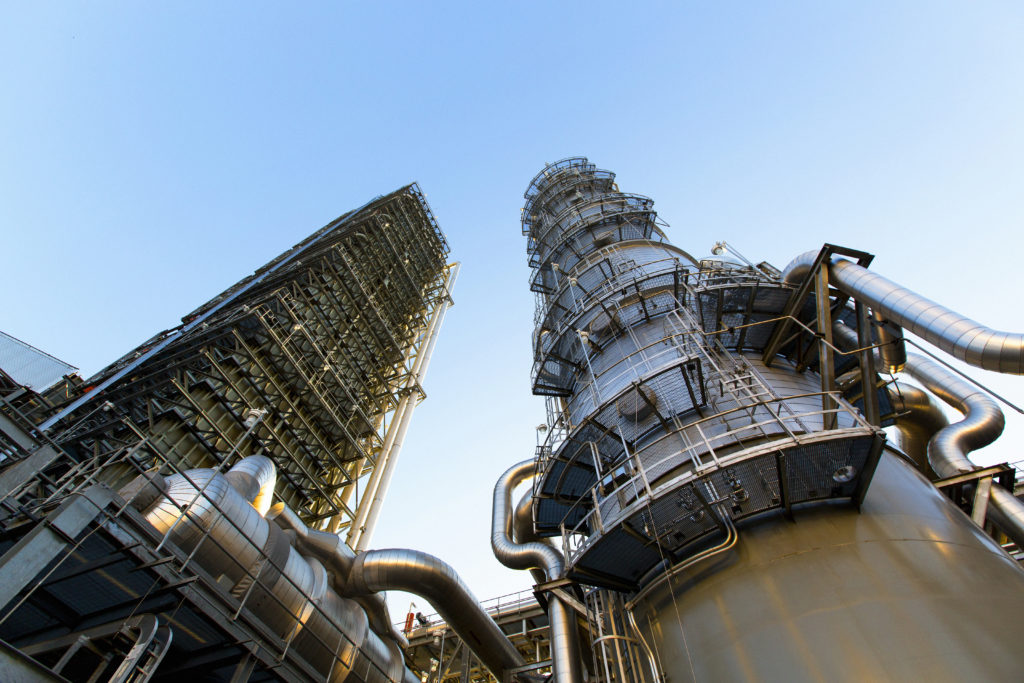

Technologies Ep 5
Carbon Dioxide Removal: Carbon Capture and Storage, Part I
What if we could remove the carbon we have emitted into the atmosphere? Can we capture our CO2 emissions before they are even released? In Part I of our two-part Carbon Capture and Storage series, our host Dr. Ozak Esu and two internationally-recognized carbon


Technologies Ep 4
Carbon Dioxide Removal: Forests
Planting trees has become a bit of a cliché in the fight against climate change, with ubiquitous photos of presidents and CEOs planting a tree to show they’re serious about climate. But, how much impact on atmospheric carbon dioxide can tree planting re


Technologies Ep 3
Building stars on Earth: the potential of nuclear fusion
Energy from nuclear fusion has the potential to cleanly and safely power the world. But, when do fusion experts expect this to happen? What technical challenges must be overcome before we can power our homes using fusion energy? Which technologies are lead
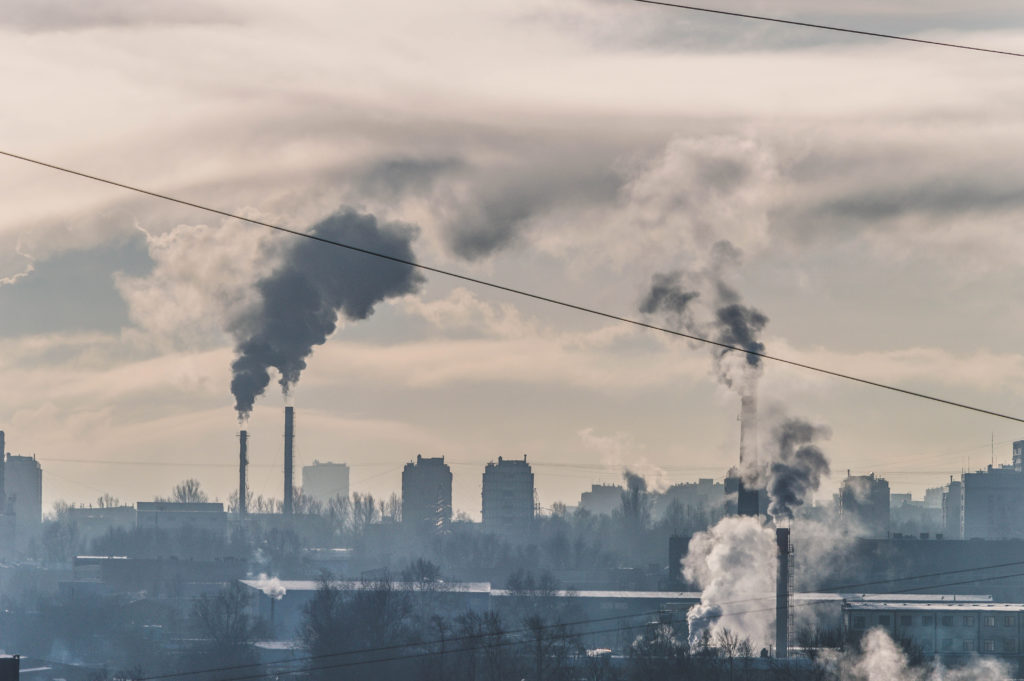

A Climate Change Primer Ep 7
Carbon Dioxide Removal (CDR)
In order to reach global net-zero emissions by 2050, we must remove CO2 from the atmosphere as well as prevent further emissions. Carbon Dioxide Removal (CDR) can be accomplished naturally – through forests, soil sequestration, or mineralization –
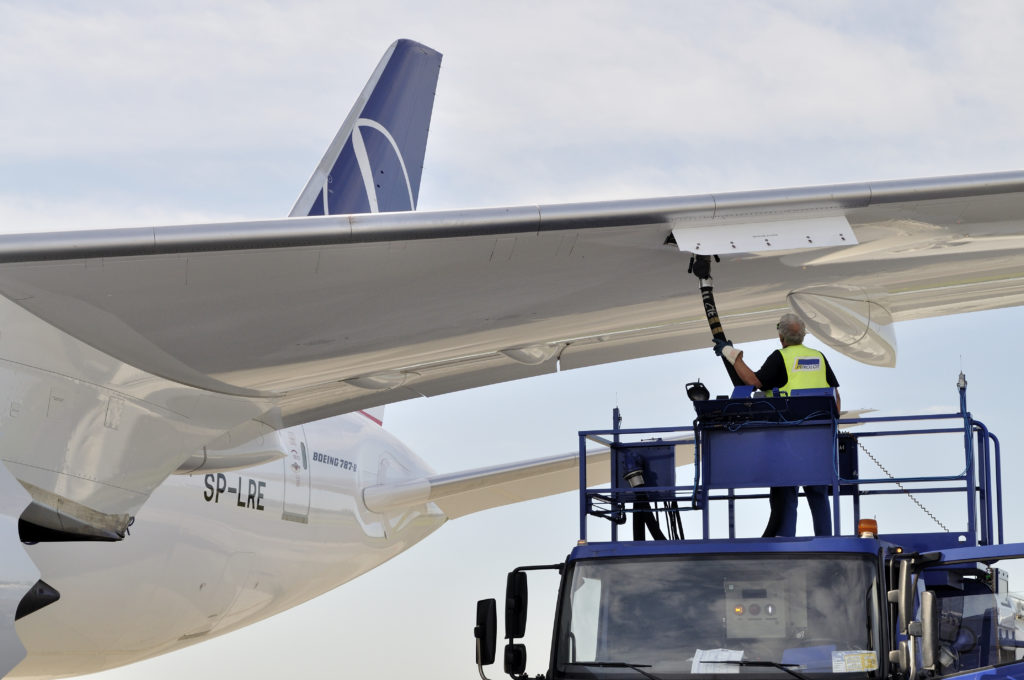

Technologies Ep 2
Clean Fuel: Jet Fuel
Aviation is responsible for 2.5% of global greenhouse gas emissions, though this figure is expected to grow as developing parts of the world become wealthier and increase demand for air travel. Experts have looked to sustainable aviation fuel (SAF) to decrease
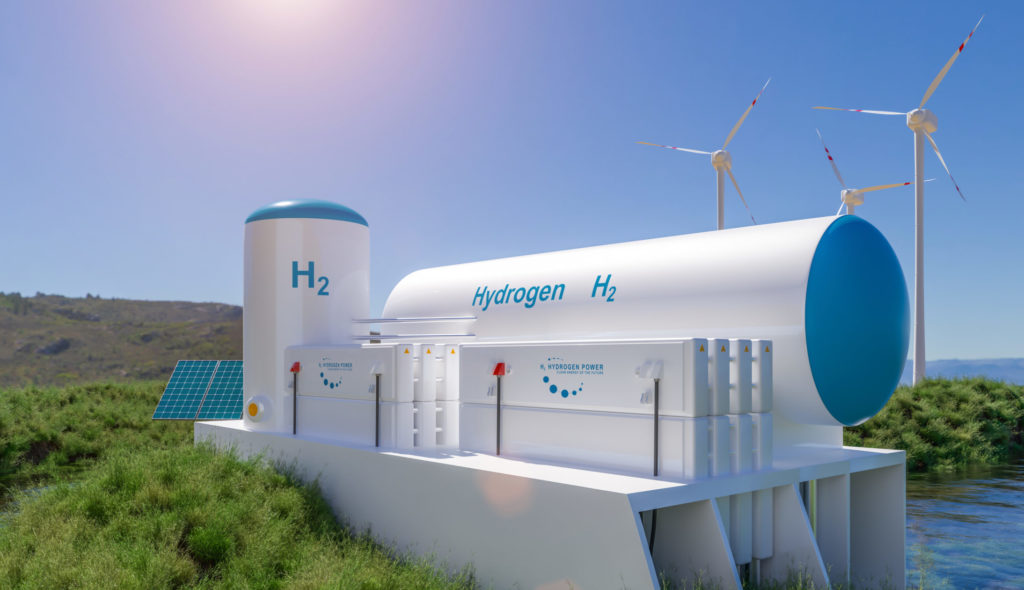

Technologies Ep 1
Clean Fuel: Hydrogen Fuel
Hydrogen is uniquely qualified as a storage of clean energy because it is abundant – the most abundant element in the universe – and it can be produced using renewable energy. When consumed in a fuel cell, its only byproduct is water, making it
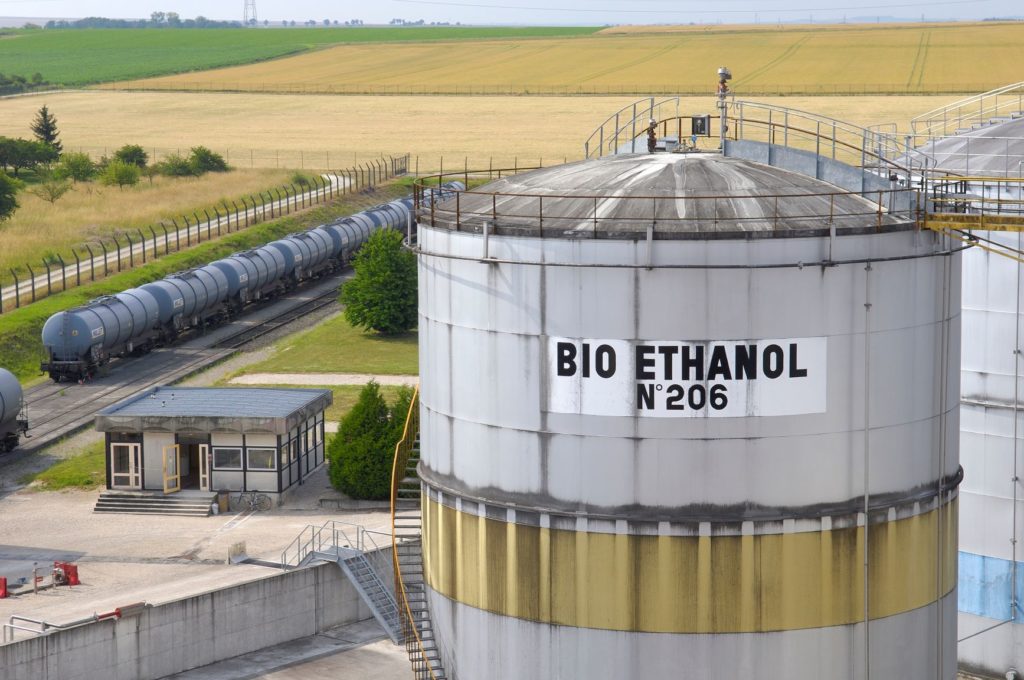

A Climate Change Primer Ep 6
Biofuels: An overview
Biomass – such as corn or switchgrass – can be converted into liquid transportation fuels, or biofuels. Biofuels are attractive because they result in significantly fewer emissions than fossil fuels, but they come with their own set of challenges,